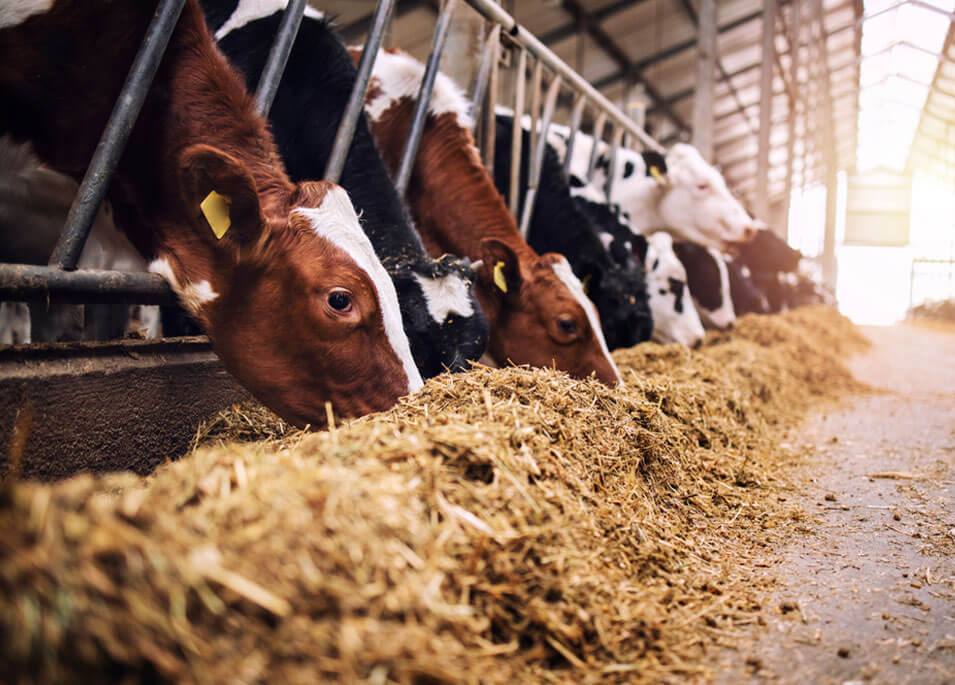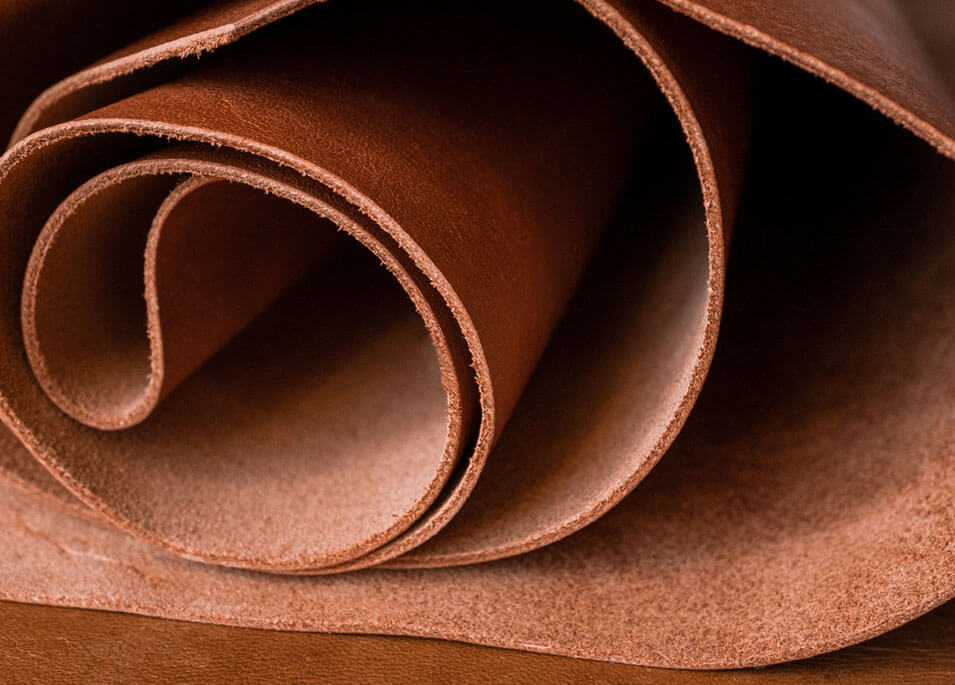Catering To
Diverse Needs
Vivamus nonante ipsum. Phasellus iaculis diam veldolor hendrerit vel vehicula massa convallis orci varius natoque penatbus et accumsan magnea tortornec comodo libero crasa tempusiat aliquam varius estniuest henrerit arutrum massa auctor donec euisod laoret maxieus duisnon rutrum magna crasa dignissim dui phasellus lobortis justo.











Automobile
Due to formaldehyde’s high resistance against heat, PF resins are used in the manufacturing of under-the-hood components such as engine, transmission, and brake parts. Also, Melamine Formaldehyde (MF) resins are used for fast-curing, durable surface coatings and decorative laminates in automobile interiors.

Paper & Plywood
Formaldehyde-based resins serve as adhesives in plywood manufacturing, enhancing bonding strength, water resistance, and durability. In paper production, formaldehyde improves wet strength, making paper products more suitable for packaging where it needs to have resistance against water.

Construction
In construction, it is used in surface finishes for wood, metal, and concrete, offering protection against moisture and corrosion. It is also used in concrete plasticizers for molding door skins, countertops, decorative laminates, and other building components. Formaldehyde’s biocidal properties help restrict mildew growth in building materials.

Textile
Formaldehyde is applied to fabrics to reduce wrinkles, control shrinkage, and improve durability. It enhances the strength and dimensional stability of textiles, making them suitable for upholstery, curtains, and other applications. Formaldehyde also helps in the better bonding of dyes, preventing color fading.

Cattle Feed Industry
In this industry, formaldehyde is used as a disinfection tool to control pathogens, preventing viruses and bacteria from entering the food chain. It reduces enteritis in poultry, which enhances flock uniformity, decreases veterinary costs and mortality, and maintains egg weights and quality, thus boosting overall profitability.

Personal Care
Formaldehyde acts as a preservation agent in personal care products, preventing the growth of bacteria, mold, and yeast, thus extending product shelf life. It also enhances the performance of various cosmetic products, such as providing resilience in nail hardeners and improving hair texture in treatments.

Leather
In leather processing, formaldehyde is used in tanning and retaining agents to enhance durability by making leather fibers more resistant to bacteria. It also enriches the appearance of leather, providing the desired functional and aesthetic qualities like feel and water resistance.

Paints
Formaldehyde resins are used as binding components in paints and coatings, helping to hold pigments together and form films on surfaces. It is one of the base components that bring all paints together. The resins are essential in various markets, including industrial floor coatings, aerospace coatings, dyes, and pigments.

Healthcare
Formaldehyde is used for specimen preservation, keeping biological specimens favourable for study or display. It acts as a chemical disinfectant for sterilizing laboratory equipment and surfaces. Additionally, formaldehyde is utilized in biological research for DNA and RNA cross-linking, aiding in the preservation of cell structures for detailed study.








